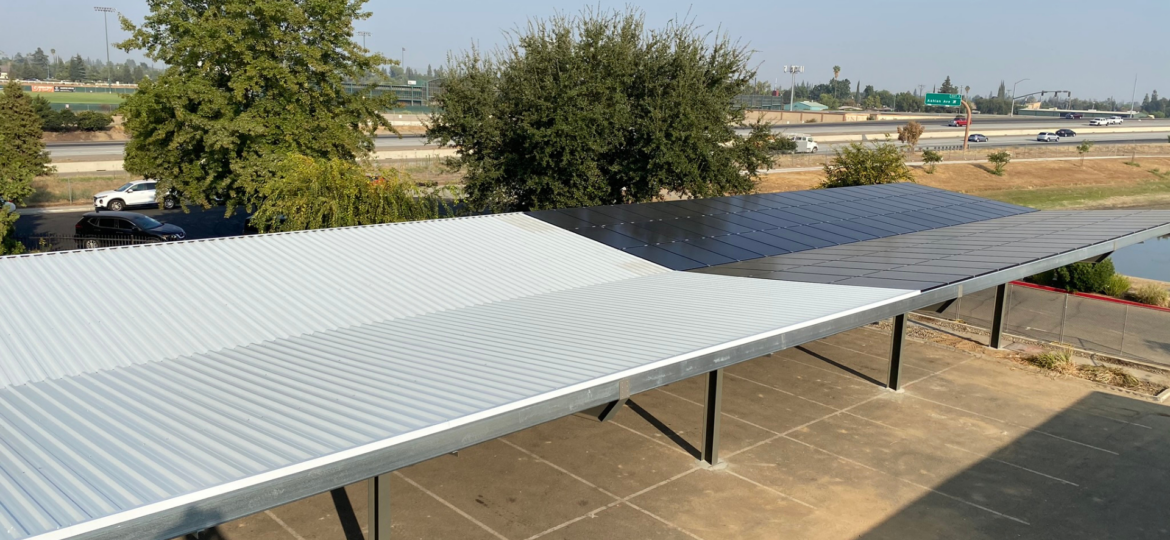
In today’s world, where the focus is increasingly shifting towards renewable energy, solar power emerges as a leading contender in the quest for sustainable solutions. When it comes to powering your home, car, or any other energy-dependent entity, solar energy is the go-to choice for environmentally conscious individuals. But have you ever wondered how solar panels actually work? In this blog post, we will delve into the captivating process of solar energy collection through solar panels, shedding light on the remarkable benefits and inner workings of this cutting-edge clean energy technology.
At the heart of solar panels lies a technology called photovoltaics (PV), which is responsible for capturing sunlight and converting it into electrical energy. These panels contain PV cells that absorb the sun’s energy and initiate a series of reactions that ultimately generate electricity.
Understanding the Photovoltaic Process:
- Absorption: As sunlight, consisting of tiny particles known as photons, strikes the surface of a solar panel, the PV cells within the panel absorb these energy-laden photons.
- Electron Excitation: The absorbed energy from the photons causes electrons in the semiconductor material of the PV cells to become energized, breaking free from their atoms. This process leads to an excess of negatively charged electrons.
- Electric Field and Current Flow: Within the PV cells, an internal electric field propels the free electrons in a specific direction, resulting in the creation of an electric current. This electric field is generated by the junction between different layers of the semiconductor material. As the free electrons move in response to the electric field, they can be captured to form an electric current. This current can then be extracted from the solar panels and utilized to power electrical devices.
Typically, the electricity generated by solar panels takes the form of direct current (DC), which flows in a single direction and is ideal for charging batteries or operating specific appliances. However, most homes and businesses employ alternating current (AC) electricity. To convert the DC electricity produced by the solar panels into AC electricity, an inverter is employed. This AC electricity can be used directly or fed into the power grid.
By harnessing the immense power of the sun through photovoltaic technology, solar panels allow for the collection of solar energy and its transformation into usable and sustainable electricity. Embracing solar power not only allows us to utilize clean, renewable energy but also helps reduce our dependence on fossil fuels.
With Sol-Tek Solar, you can join the green energy revolution and reap its numerous benefits. Our team of solar experts will closely work with you to design and install a solar electric system that perfectly aligns with your unique energy requirements. Contact us today to learn more or to receive your free quote and start harnessing the limitless potential of solar energy.

